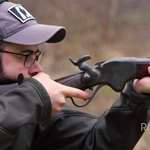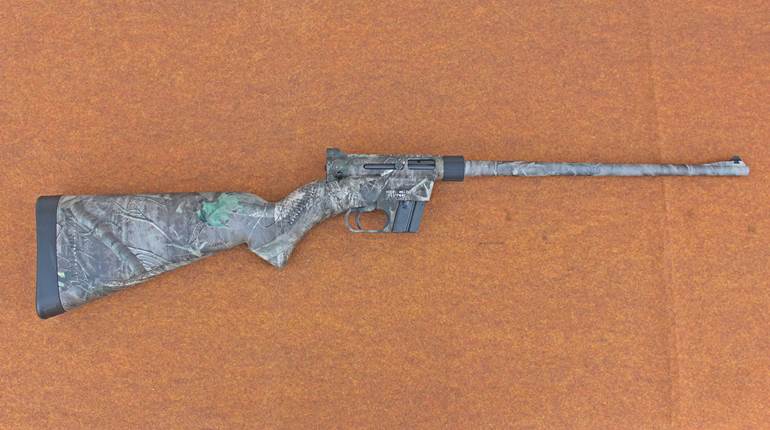
For over three decades, I have had the good fortune of shooting for a living. Actually I have been writing for a living, but I had to shoot in order to have something to write about. And for almost every one of those shooting sessions, I've relied on a chronograph to measure the velocity of the various loads from guns as I fired them. Although I have used most brands of chronographs from time to time, my preference has been the Oehler and Millenium brands. I mention this because I believe that a chronograph is necessary to properly evaluate ammunition and firearms.
Chronographs do more than measure the instrumental velocity of a bullet passing between the machine's start and stop screens. The mini-computer inside that little box can do a number of things, but let's stick with the systematic analysis of a sequence of velocities. In a string of 10 shots, the machine can tell you which was the fastest and the slowest, along with the difference between the two and the average velocity. But it also can tell you something called the “standard deviation” of velocities. But, what's that?
It is a statistician's index of consistency. It is a bit of an oversimplification to say it, but standard deviation (SD) is the average variation from the average score. Let's say you have two loads that each average 1,000 fps for 10 rounds. One of them has an SD of 10, the other is 20. That happens because the latter had several rounds that varied farther from the 1,000 fps norm than did the SD 10 load. In other words, the latter was less consistent. More consistency means more nearly similar paths down range and therefore, better accuracy.
I will never forget the day when I was trying a new gun from a major maker, shooting the one load that was available for it. Although both gun and ammo bore famous trademarks, the accuracy was deplorable. I was in a hurry that day and did not take the time to set up the chronograph, which was a big mistake. The shots were up and down the target at 25 yards, about 8 inches between the highest and lowest. I somehow jumped to the conclusion that the 1911-type pistol was not fitted correctly and was going into battery in a very inconsistent manner. I said so in print, which was a bigger mistake.
Had I used the chronograph, which I did in a second session, I would have seen that the extreme spread of velocities was well over 300 fps and the SD was right at 100. This much extreme spread invariably produces vertical stringing on the target. Good commercial ammo SDs are usually around 15 to 20 fps and often in single digits. It was a crappy lot of ammo and I was one embarrassed young gun writer who had to apologize—in print.





































